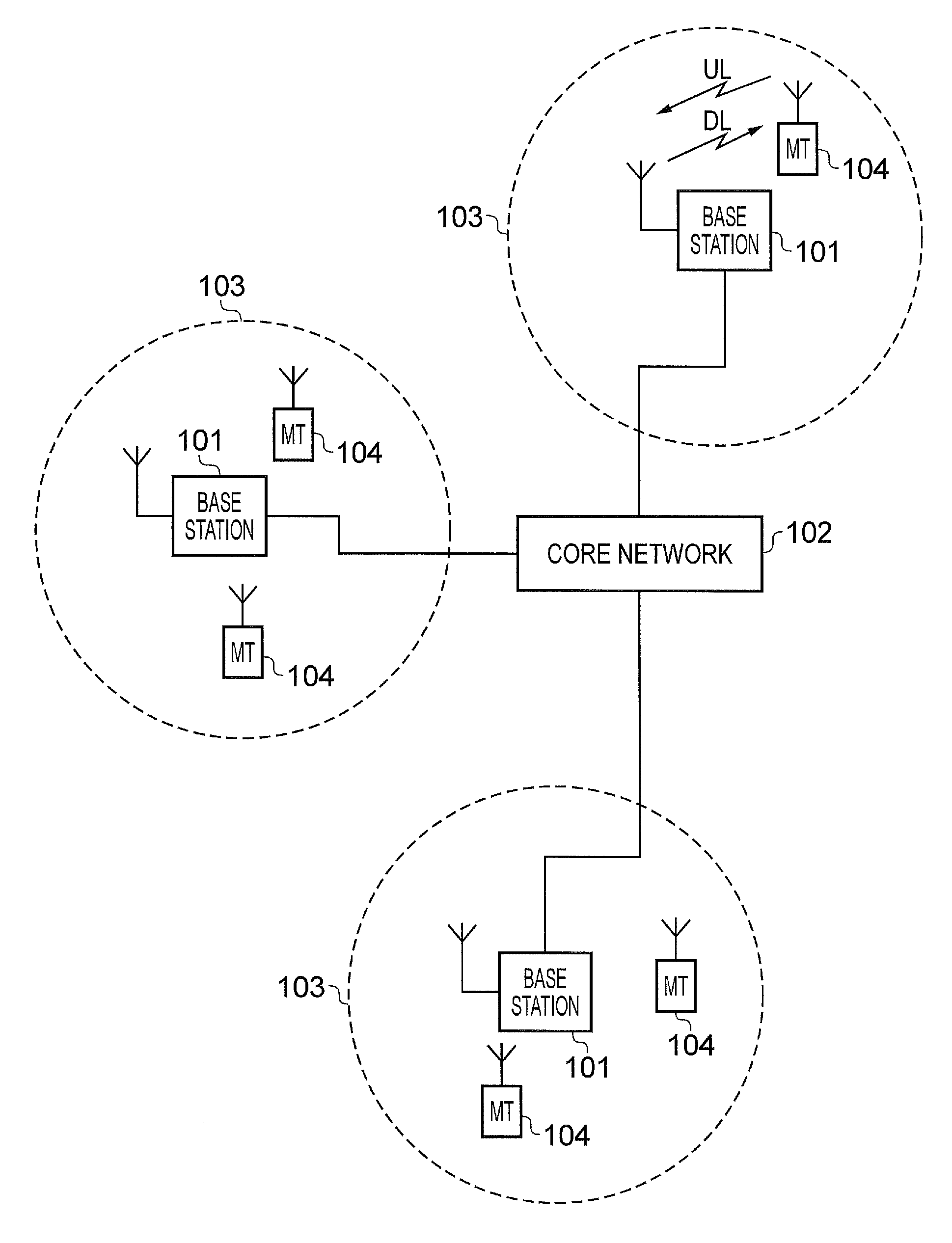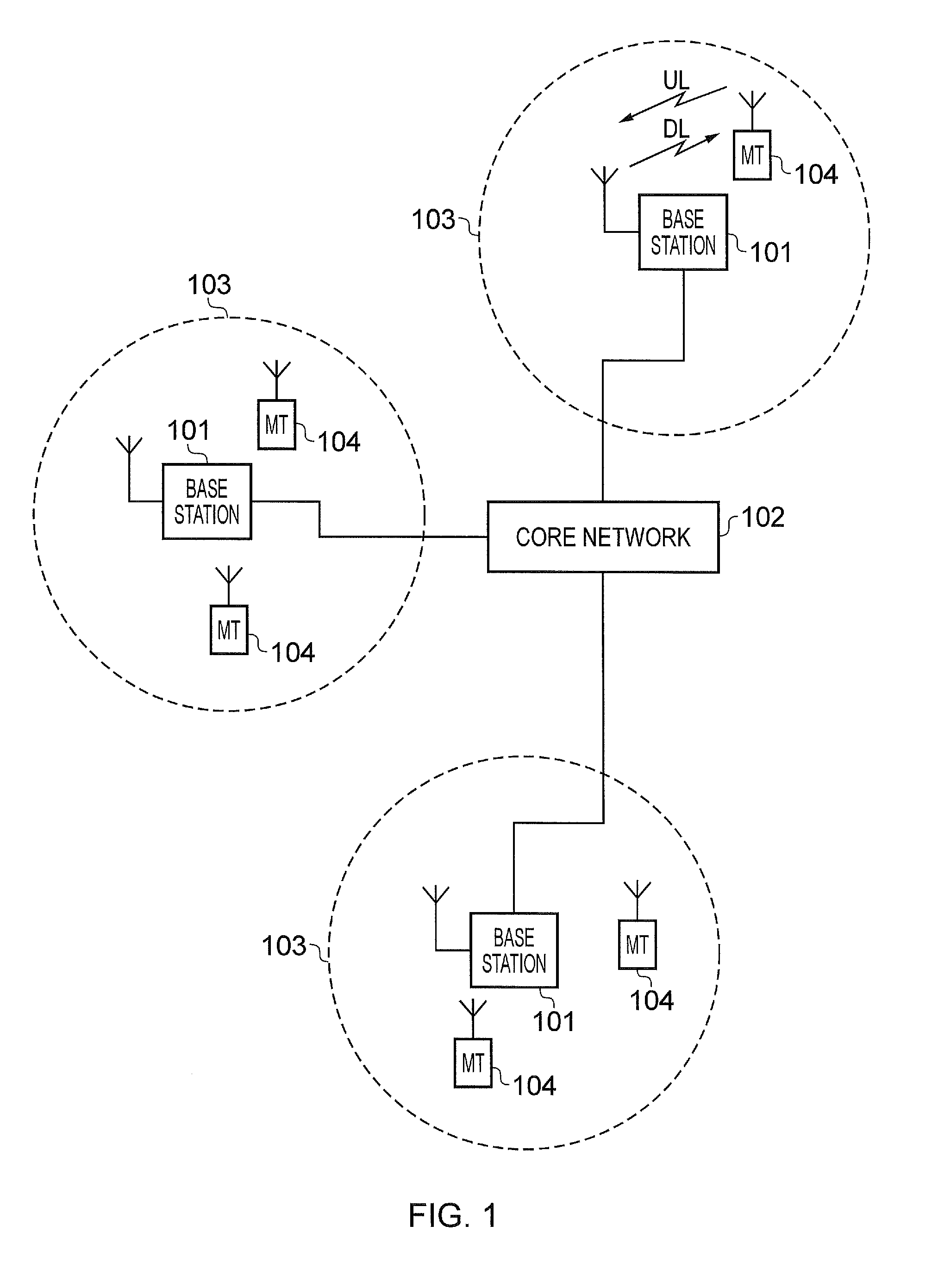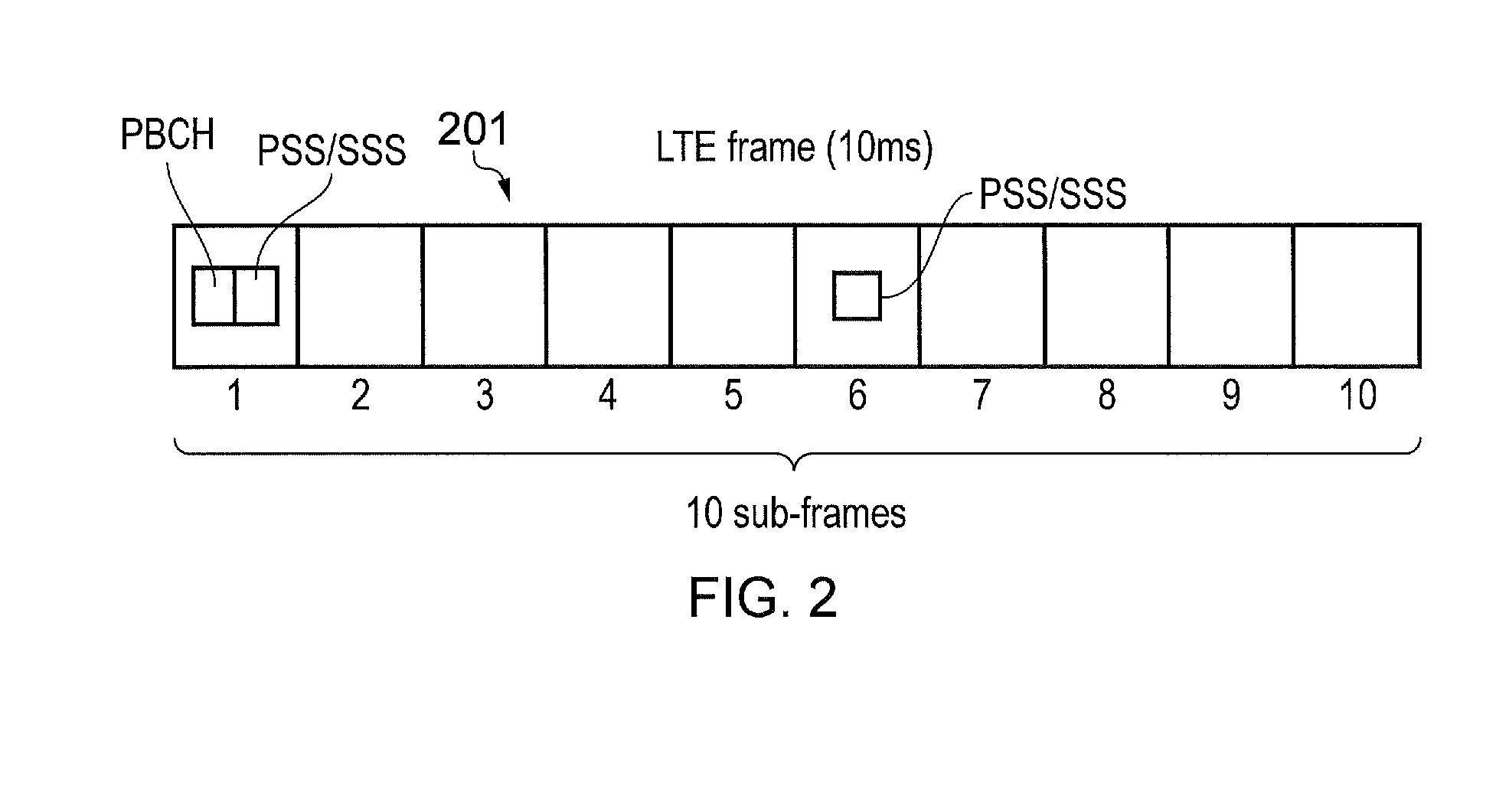Group based pdcch capability for LTE
a technology of pdcch and group based, applied in the field of group based pdcch capability for lte, can solve the problems of restricting the number of mtc devices, more limited capability contrasts with the capabilities of conventional mobile telecommunication terminals, etc., and achieves the effect of efficient use of pdcch capacity without imposing an unnecessary processing load on non-vcs
- Summary
- Abstract
- Description
- Claims
- Application Information
AI Technical Summary
Benefits of technology
Problems solved by technology
Method used
Image
Examples
Embodiment Construction
[0036]Previous co-pending applications have discussed in detail the design and operation of some parts of a so-called virtual carrier (VC), embedded in a classical host carrier (HC), suitable for use particularly in LTE networks serving machine-type communication (MTC) devices among their mix of user equipment terminals (UEs). One particular version of the VC design is a so-called ‘T-shaped’ VC, a fuller description of which may be found in co-pending patent application number GB 1121767.6 [11]. A structure for this is illustrated in FIG. 4. In such a VC, the VC-UE is assumed to be able to decode the wideband control region on the HC, but is thereafter confined to relatively narrowband resources for physical downlink shared channels (PDSCH), etc. on the VC.
[0037]The control region defined in current releases of LTE includes the PCFICH, PHICH, PDCCH and reference signals (RS). Of interest here is the physical downlink control channel (PDCCH). A UE must search through the control regi...
PUM
 Login to View More
Login to View More Abstract
Description
Claims
Application Information
 Login to View More
Login to View More - R&D
- Intellectual Property
- Life Sciences
- Materials
- Tech Scout
- Unparalleled Data Quality
- Higher Quality Content
- 60% Fewer Hallucinations
Browse by: Latest US Patents, China's latest patents, Technical Efficacy Thesaurus, Application Domain, Technology Topic, Popular Technical Reports.
© 2025 PatSnap. All rights reserved.Legal|Privacy policy|Modern Slavery Act Transparency Statement|Sitemap|About US| Contact US: help@patsnap.com



